Macaronesia
Things to DO
Canary Islands
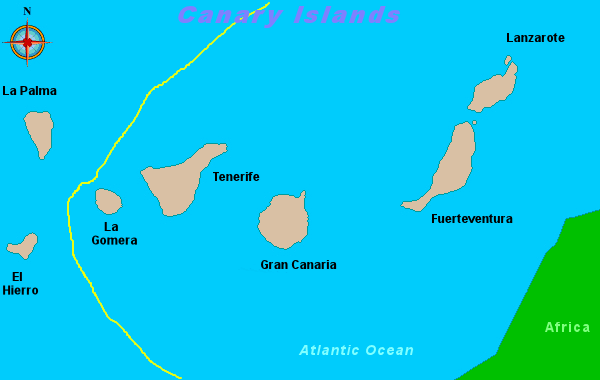
The archipelago's beaches, climate and important natural attractions, especially Teide National Park
and Mount Teide (the third tallest volcano in the world), make it a major tourist destination, with
over 12 million visitors per year, especially Tenerife, Gran Canaria and Lanzarote.
The islands have a subtropical climate, with long warm summers and moderately warm winters.
Due to their location above the temperature inversion layer, these islands are ideal for astronomical
observation. For this reason, two professional observatories, Teide Observatory on the island of
Tenerife and Roque de los Muchachos Observatory on the island of La Palma, have been built on the
islands.
La Gomera
The island is of volcanic origin and roughly circular; it is about 22 km in diameter and rises to 1.487 m at the island's highest peak,
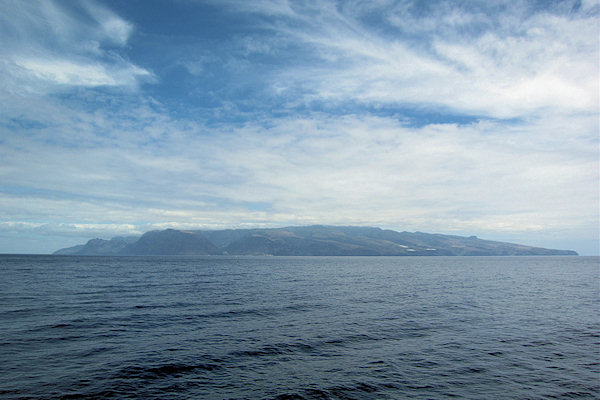 |
|||||
Garajonay. Its shape is rather like an orange that has been cut
in half and then split into segments, which has left deep ravines or barrancos between them. These
barrancos, in turn, are covered by the laurisilva - or laurel rain forest.
The upper reaches of this densely wooded region are almost permanently shrouded in clouds and mist, and as
a result are covered in lush and diverse vegetation: they form the protected environment of Spain's
Garajonay National Park.
The slopes are criss-crossed by paths that present varying levels of difficulty to visitors, and stunning
views to seasoned hikers.
The central mountains catch the moisture from the trade wind clouds and yield a dense jungle climate in
the cooler air, which contrasts with the warmer, sun-baked cliffs near sea level.
Between these extremes one finds a fascinating gamut of microclimates; for centuries, the inhabitants of
La Gomera have farmed the lower levels by channelling runoff water to irrigate their vineyards, orchards
and banana groves.
El Hierro
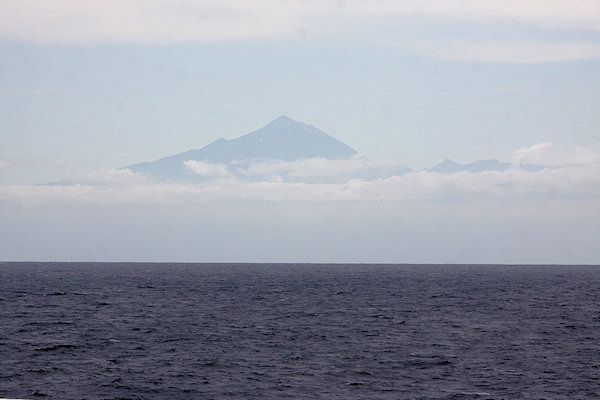 |
|||||
Like the rest of the Canary Islands chain, El Hierro is sharply mountainous and volcanic, only
one eruption has ever been recorded on the island from the Volcan de Lomo Negro vent in 1793. The
eruption lasted a month.
In 2000, El Hierro was designated by UNESCO as a Biosphere Reserve, with 60% of its territory protected
to preserve its natural and cultural diversity.
The marine life found in the Canary Islands is diverse, being a combination of North Atlantic, Mediterranean,
and endemic species.
Marine mammals of the Canary Islands include the Sperm Whale, Short-Finned Pilot Whale,
Common Bottlenose Dolphins and Atlantic Spotted Dolphins.
The Canary Islands were also formerly home to a population of the rarest pinniped in the world, the
Mediterranean Monk Seal.
Ilhas Selvagens
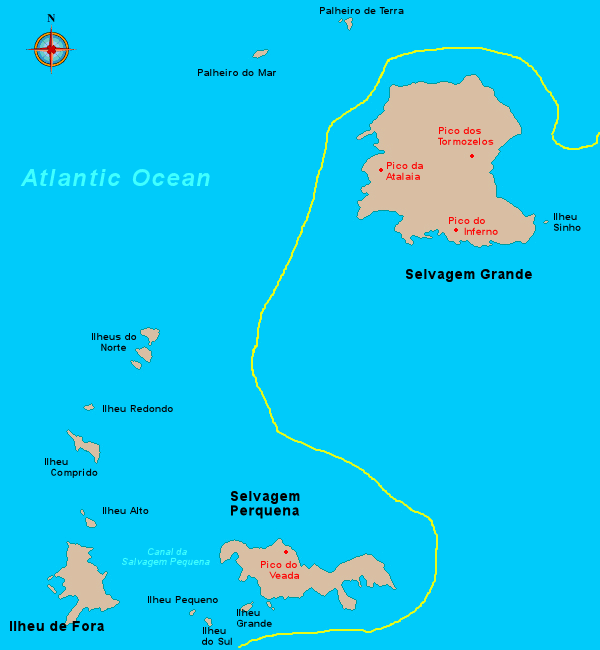
The Selvagens are a small, isolated, almost uninhabited (except for the wardens on Selvagem Grande) and
seldom visited archipelago lying between Madeira and the Canary Islands. As with Madeira, they are Portuguese
territory (their Portuguese name, Ilhas Selvagens, actually means 'wild islands') and, as with all of the
Macaronesian Islands, they are volcanic in origin.
The first recorded official discovery of the Selvagens dates from 1438, when Diogo Gomes de Sintra sighted
them when returning to Portugal from Guinea, nineteen years after the discovery of Madeira. At that time,
the Portuguese discoverers consistently expanded the horizons of European knowledge.
Until 1971 the Selvagens were private property and the only income the owners had, was the regular and
"rich" harvest of seabirds, mostly Cory's. The slaughter rights were leased for three or six years
respectively. There are records from the mid-1800s onwards of the annual cull of Cory's Shearwaters. The
cull was between 20-30,000 young birds. The feathers were sold to England for down pillows and the birds
salted and sold in Madeira where they were much prized, especially in the fishing communities. But in 1971
the Portuguese Government declared they islands as a Matural Reserve.
Selvagem Grande
The northeast group comprises Selvagem Grande and two smaller islets, Palheiro de Terra and Palheiro do Mar.
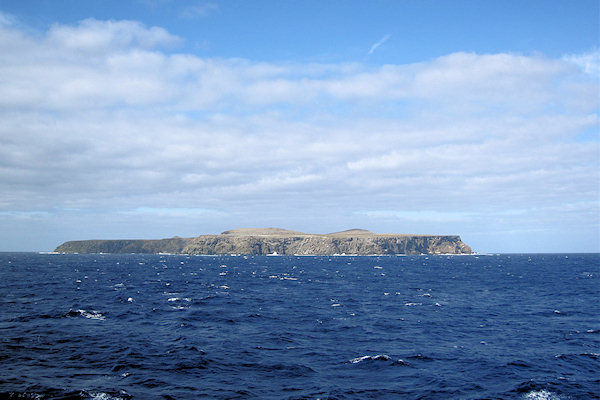 |
|||||
Selvagem Grande is the largest island in the archipelago and has an area of 2,45 km². It is
pentagon shape and has steep cliffs, 70-90 metres high above sea-level. The interior is flat, on average
about 100 metres. Only three summits, remnants of former volcanic cones, overlook the plateau with a
maximum height of 163 metres (Pico da Atalaia).
Since the 15th century goats live on the island, brought there as living supplies for sailors. Later rabbits
and mice (probably accidentally) were introduced.
Fortunately the goats disappeared at the end of the 19th century due to hunting, but rabbits and mice
only disappeared in 2003 by an eradication programme developed by the Natural Park.
Several hundred years ago the Shrub Tobacco from South America was imported/introduced for firewood and
spread rapidly. This plant is also included in a separate eradication programme, organized by the
Natural Park.
On Selvagem Grande there is a permanent field station manned by two wardens year-round.
Selvagem Pequena
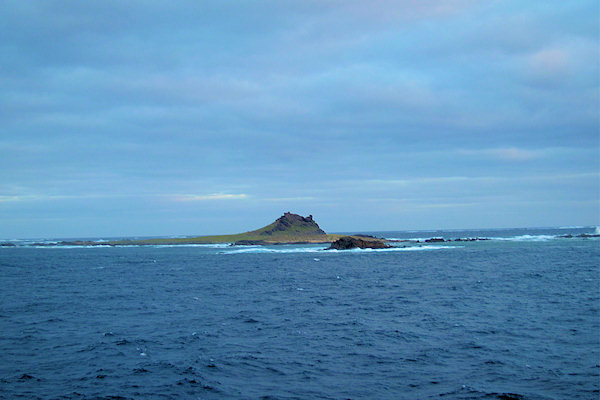 |
|||||
The southwest group comprises Selvagem Pequena (30 ha) and Ilhéu de Fora (8 ha) as well
as numerous smaller islets, including the Alto, Comprido and Redondo Islets, and also the tiny group
of the Norte Islets.
These islets as well as several small rocky reefs surrounds the southwest group, which makes it difficult
to land to any of these islands.
Selvagem Pequena is much smaller than Selvagem Grande and has a much more rugged and rockier coast.
Pico Veado is the highest point at 49 metres, the rest of the island is rather flat island
(only 5-10 metres above sea level).
Selvagem Pequena and Ilhéu de Fora were spared the introduction of rabbits and goats, which means they
still have the most original and untouched vegetation of all Macaronesian islands. Therefore the vegetation
here is more varied than on Selvagem Grande.
Nature
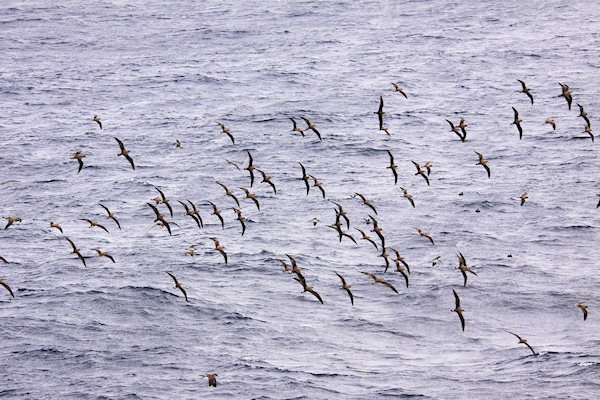 |
|||||
The Selvagens may not hold a rich diversity of fauna, but there are large and very important numbers of
some species of seabirds. At least 9 bird species breed regularly on the islands.
About 26,000 pairs of White-faced Storm-petrel breed on Selvagem Grande, while a total of 31,000 pairs
of this species breed on Selvagem Pequena and Ilhéu de Fora. They dig their burrows in the sandy soil, with
the entrances hidden in the vegetation, and only arrive at their nests at night.
The estimated 14-15,000 pairs of Cory's Shearwaters breeding on the Selvagens represent one of the
largest colonies of this species (here Calnectris Diomedea Borealis) in the world. The total population for
the archipelago is more than this, as there may be an additional 30,000 non-breeding birds also present. The
juveniles migrate to Brazil and only return after the age of five years as pre-breeders. Breeding usually
only starts after the age of seven years, but many start much later. Interestingly, breeding Cory's
Shearwaters on the Selvagens visit their nests by day as well as by night, unlike other populations in
the Macaronesian Islands.
Other species are: Little Shearwater (of the form baroli) 2,000, Bulwer's Petrel 5,000+,
Madeiran Storm-petrel 1,500, and Roseate Tern 15. In addition, Common Tern and Sooty
Tern also breeds on the Selvagens (in unknown numbers).
Yellow-legged Gulls have recently become established on the archipelago in significant numbers. They
predate many of the other seabirds (even at night by moonlight) and, to protect the other species, the
wardens control their numbers by collecting their eggs.